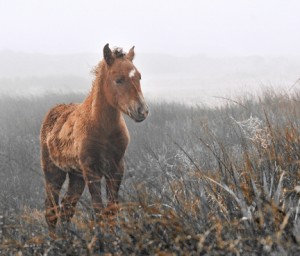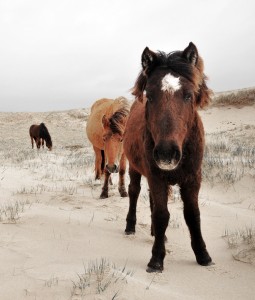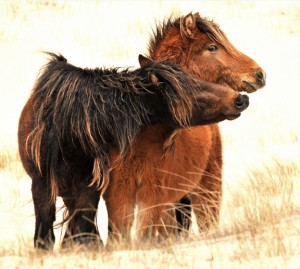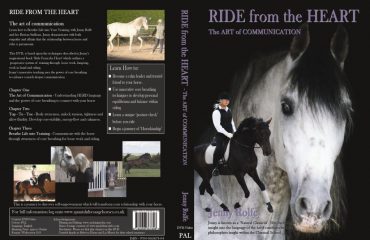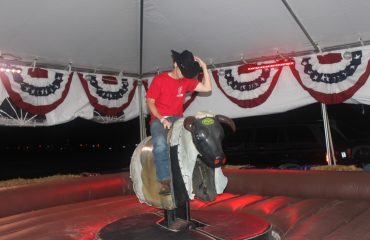‘It is 4:30am on the third day of this, my second expedition to Sable Island. Even though I lay in bed in the relative comfort of my second story room at the coast guard station, I have taken to wearing long johns under my pajamas with a down sweater on top. A powerful “nor’easter” blew in last night and the moderately well-built sleeping quarters are no match for it. The doors rattle and no matter how high I push the thermostat, the north side of the house is cold. I can hear a thumping noise downstairs, and yesterday’s talk of the ghosts of thousands of shipwrecked sailors comes to mind, but I dismiss it. The banging persists, so I unzip my sleeping bag and go downstairs where I find the back door wide open and swinging wildly. It takes both hands for me to close it. As I look outside the first crack of light can be seen in the east, but mainly the sky is covered in heavy dark clouds that are moving fast across it…’
Through the camera lens and personal journals of renowned wildlife photographer Debbie Garside, we are given a rare insight to the lives of over 350 wild horses, one of the few herds which are unmanaged and not subject to any interference of any kind.
Sable (French for sand) Island is 100 miles off the coast of Nova Scotia, Canada. Barren, entirely comprised of sand, small pools of water and grassy meadows, with no trees to protect the horses from the often cruel weather, the island is best known as the “Graveyard of the Atlantic”, with over 200 documented cases of ships that have run aground on the surrounding shoals. The island, which is fog-enshrouded a third of the year, is in the path of most storms in the Atlantic that track up the North American coast. In fact, after 1991’s Perfect Storm, the emergency radio beacon, fuel tank and an empty life raft from the doomed fishing vessel Andrea Gail washed up on its shore.
Originally, it was thought that the horses were survivors from these shipwrecks, but it was Thomas Hancock, a Boston merchant, who actually shipped 60 horses to Sable in 1760 in an effort to “establish ownership” of the island
‘a great deal has been written about the horse’s heritage, genetic origins, and breed, but by my own observations, a wide range of types exist here, some with the dished faces common in the Arabian breed, others with regal ‘roman’ or convex profiles suggestive of old European bloodstock, still others with the bone and fine build associated with the North American Thoroughbred. On average their sizes range from 13.2 to 15.2 hands and vary in colour from light chestnut with dark flaxen mane and tail, browns and blacks. No grays or horses of colour are here as they were at one time considered ‘inferior’ and culled out by settlers. History shows that ‘improvement’ sires which included Drafts, thoroughbred and Warmbloods, were brought to the island in the 1900’s…’
The horses had been protected under the Sable Island Regulations of the Canada Shipping Act.
However, last year the Island has become a National Park and will receive a higher level of protection from the control of Parks Canada
The Canadian Coast Guard Station, meteorologist and a few personnel are the only human inhabitants on the island.
For more information on SableIslandand Debbie Garside, visit True North Fine Images http://www.truenorthfineimages.com/galleries.html


